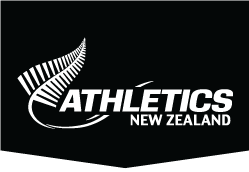Valerie Young
During a lengthy and medal-laden career spanning four decades, Val Young is a New Zealand throwing icon thanks to her consistency and remarkable longevity on both the domestic and international stage.
A winner of a record-breaking 37 New Zealand titles, the Cantabrian also snared five Commonwealth Games gold medals (three shot and two discus) and placed fourth on two occasions and fifth in the shot in her three Olympic appearances.
Born and raised the eldest of six children on a farm in Ashburton, Val was introduced to athletics shortly after leaving home to live in Christchurch as a boarder at Christchurch Technical College.
“I started setting Canterbury records (in the throws) from quite early on and all it developed from there,” adds Val, whose maiden name was Sloper.
Later joining the Christchurch Technical Club she was to come under the guidance of the influential Latvian-born coach, Valdy Briedis, who helped steer her into a world-class ...
